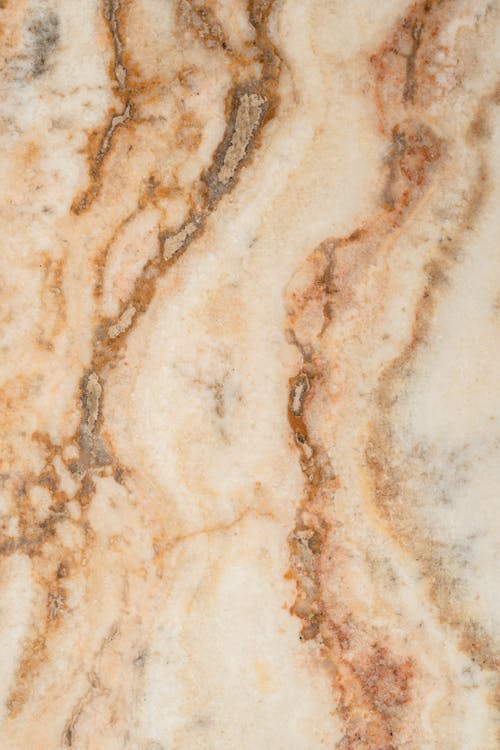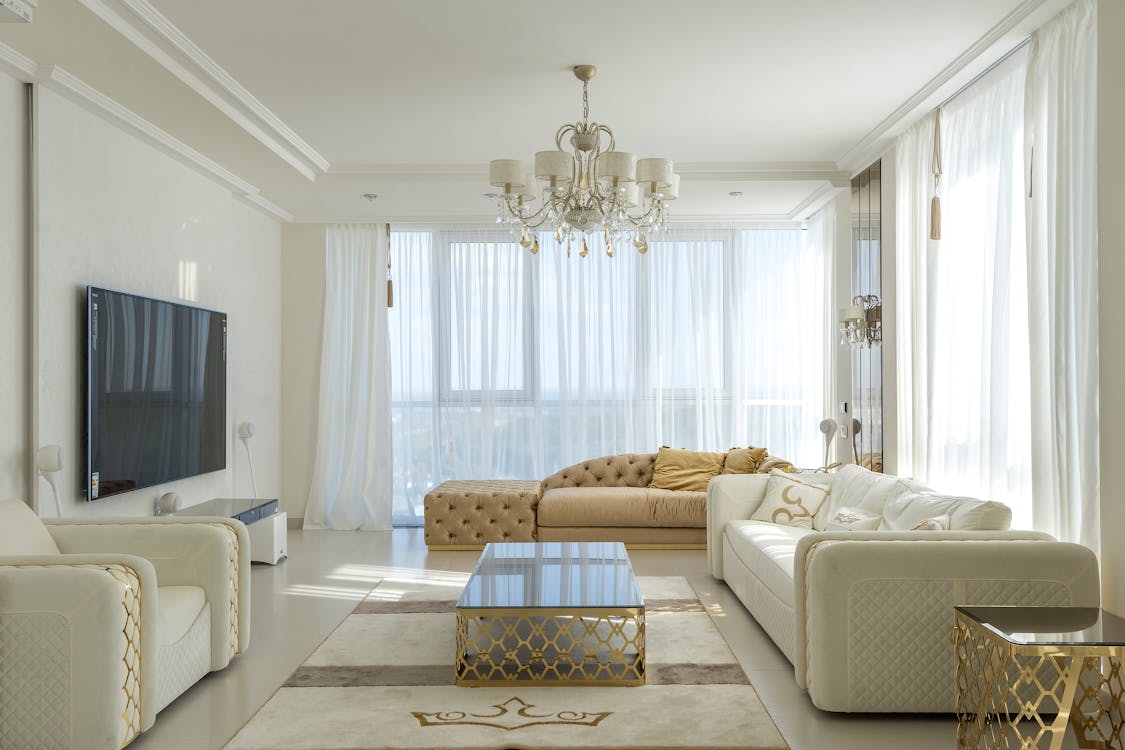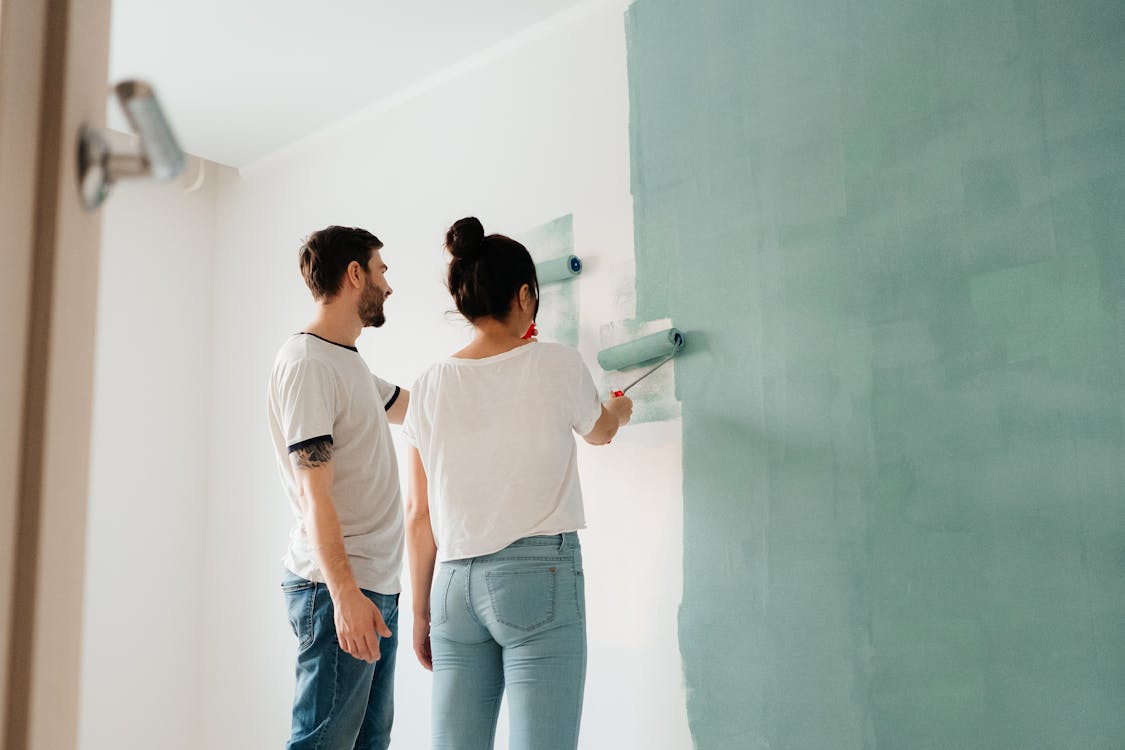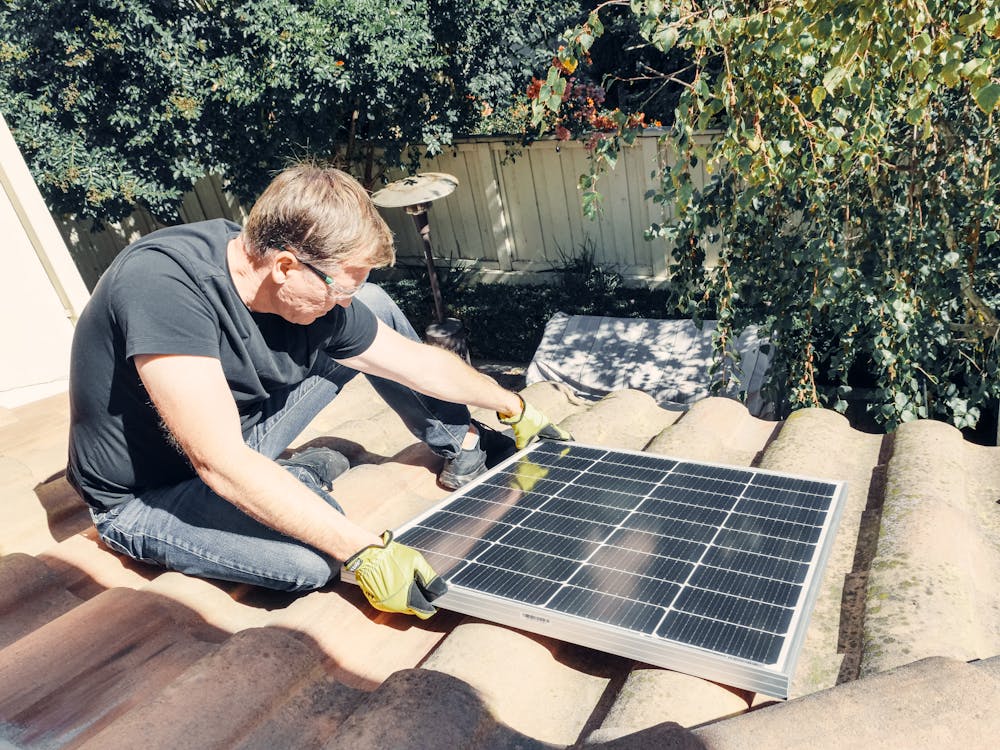.png)
As the world becomes more environmentally conscious, sustainable practices are being adopted in many areas of our lives. One area that is gaining more attention is home renovations. Homeowners are now looking for ways to renovate their homes while minimizing their impact on the environment. According to the Interior Design Society (IDS), sustainable interior design is one of the fastest-growing areas of the industry, with demand increasing by 39% annually.
Renovating sustainably doesn’t just help the environment; it can also save you money in the long run. By using eco-friendly materials and implementing energy-efficient designs, you can reduce your carbon footprint and lower your utility bills. Here are some tips on how to renovate sustainably:
Conduct an energy audit
Before starting your renovation, conduct an energy audit to determine your home’s energy efficiency. An energy audit can help identify areas where energy is being wasted and suggest ways to improve the energy efficiency of your home. Try to get consultation from your community electrician. This will help you to make informed decisions about which renovations to prioritize.
Use sustainable building materials



Using sustainable building materials is one of the most important aspects of renovating sustainably. Sustainable materials are those that are environmentally friendly, non-toxic, and durable. Examples of sustainable building materials include bamboo, recycled glass, reclaimed wood, and natural stone. Using these materials not only reduces your environmental impact but also adds to the aesthetic value of your home.
In Singapore, there are several ways to determine if a building material is sustainable. Sustainable building materials are often certified by recognized organizations such as the Forest Stewardship Council (FSC), Green Label Singapore, or the Singapore Green Building Council (SGBC). These certifications indicate that the materials meet certain environmental standards and have been produced using sustainable practices.
Consider also the material's life cycle. When evaluating building materials, it is important to consider their entire life cycle, from production to disposal. Sustainable materials are often produced using renewable resources, have low carbon footprints, and can be recycled or reused at the end of their useful life.
Explore acquiring energy-efficient appliances and fixtures

Replacing old appliances and fixtures with energy-efficient ones can significantly reduce your home’s energy consumption. Look for appliances with the ENERGY STAR label, which indicates that they meet energy efficiency guidelines set by the Environmental Protection Agency (EPA). For example, replacing incandescent light bulbs with LED ones can reduce energy consumption by up to 75%.
Use natural lighting

Natural lighting is not only eco-friendly, but it also has many health benefits. It has been shown to improve mood, and productivity, and even boost the immune system. When renovating, try to incorporate as much natural lighting as possible. This can be done by adding skylights, installing larger windows, or using light shelves to direct natural light deeper into the room. You can also look into arranging the layout to optimise natural lighting usage such as putting the reading corner by a window.
Choose low-VOC paints and finishes

Traditional paints and finishes can contain harmful volatile organic compounds (VOCs) that can be harmful to your health and the environment. Low-VOC paints and finishes are now widely available and are a much safer and healthier option. They emit fewer harmful chemicals, are less likely to cause allergic reactions, and are more durable.
Recycle and repurpose

When renovating, try to recycle and repurpose as much as possible. This not only reduces waste but also adds a unique touch to your home. For example, old doors and windows can be repurposed into tables or shelves, and leftover materials can be used for future projects or donated to charity.
Consider the long-term benefits

When making renovation decisions, consider the long-term benefits. While some eco-friendly options may be more expensive upfront, they can save you money in the long run. For example, installing solar panels can be expensive initially, but they can significantly reduce your energy bills over time. Similarly, using energy-efficient appliances and fixtures can help you save money on your utility bills. Also consider high quality furniture for your space as higher quality items last longer and reduces overall consumption.
Addressing the Elephant In The Room
Renovating sustainably is not always the easiest or cheapest option, but it is an essential step towards creating a better future for ourselves and the planet. While it may require some extra effort and investment, the benefits of sustainable design far outweigh any drawbacks.
By renovating sustainably, we can significantly reduce our carbon footprint, conserve natural resources, and create healthier living spaces for ourselves and future generations. Sustainable design not only helps to minimize our impact on the environment but also offers long-term cost savings by reducing energy consumption and waste.
However, it is important to acknowledge that sustainable design is not without its challenges. The cost of eco-friendly materials and appliances can be higher, and not all sustainable options may be suitable for every home or renovation project. There may also be limitations on certain materials, availability, and local building codes.
Despite these challenges, it is crucial to prioritize sustainable design in our homes and communities. Sustainable practices have become increasingly important in the face of climate change and environmental degradation. As individuals, we have a responsibility to reduce our impact on the planet and act towards a more sustainable future.
At Marquis Furniture, we are committed to offering sustainable products that meet the growing demand for eco-friendly options. By incorporating sustainable materials, energy-efficient designs, and repurposed materials, our furniture helps to reduce our customers' environmental impact without sacrificing style and functionality. We provide sustainable options to our customers. By choosing sustainable design, we can reduce our impact on the planet and create healthier living spaces for ourselves and future generations. With our commitment to sustainability, you can trust Marquis Furniture to offer eco-friendly furniture that meets your needs and exceeds your expectations.
